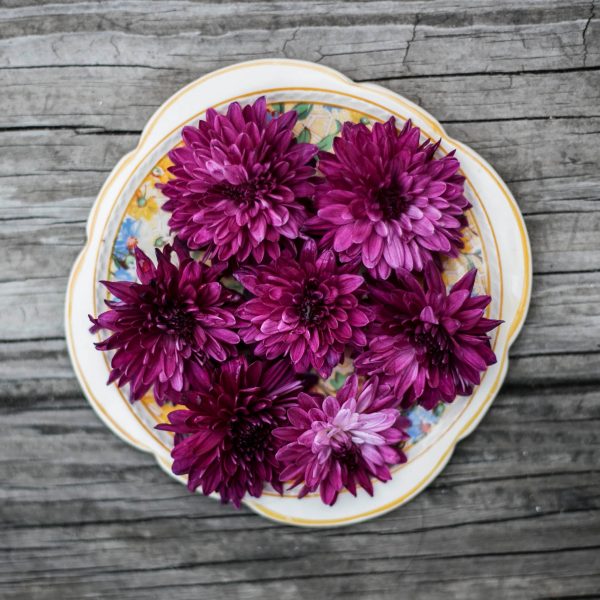Top tips for creating a deinstitutionalised learning environment for children

In his work Places for Childhoods, author Jim Greenman says “when we institutionalise childhood, as we have certainly done, we risk doing what institutions nearly always do – diminish the poetry of everyday life. We eliminate the highs and lows and wash out individual differences; trading predictability and security for the messy idiosyncrasies of individual lives. Is that what we want for the one childhood allocated to our children?”
Early childhood consultant Lisa Burman also warns against the institutionalisation of early childhood education and care (ECEC) spaces, which give the children the message that they are one of a number, where they must learn to follow rules, participate in activities, and leave everything behind at the end of the day.
Institutionalised environments for children can lack warmth, feel sterile, and run the risk of being “cookie cutter” copies of one another, where all services look and feel the same, with the same adult orientated information on display.
Ms Burman has offered the following tips to minimise the risk of an institutional feel in a service, saying “these tips work whether your learning environment is for three month olds, three year olds or thirteen year olds!”
Clear environments, conscious colour
Ms Burman’s top tip is that “less is more” when it comes to learning environments for children.
“De-clutter. De-clutter. De-clutter!” she said. “I can’t say this enough. Clutter clogs up energy for learning and doesn’t demonstrate a respect for learning materials.”
Clutter, she continued, contributes to ‘visual noise’ in a learning space.
“Choose what you place on walls or hang from ceilings very, very carefully,” she advises. While everyone’s taste is different, her suggestion is to ask “would I display this in my home?”
If the answer is no, reconsider having it in the learning space.
When it comes to colour, her top tip comes from the world of design – the “60-30- 10 rule”.
60 per cent of the room should be a base or dominant hue, in a neutral colour. 30 per cent of the room should have secondary colour with 10 per cent being of an accent colour to ‘pop’!
“Create a base that is neutral,” she explains. “Think of an art gallery – we want the children and their learning to provide the colour and not be competing with the background for our attention.”
Natural elements, make it feel like home
Natural elements such as plants, whicker, cane, river stones and natural textures soften a hard, institutional space.
Using ‘home’ furniture such as coffee tables, chests of drawers and lamps allows the children to settle into comfortable learning.
Photo frames, flowers and couches for reading add to the feel.
Work the levels, and limit the commercial touches
Children, Ms Burman said, will do their best learning when multiple levels are available for them – a high bench to stand at, a coffee table to sit around, cushions to lie on the floor, tables to sit around. This allows them to freely explore the space and take charge of their learning.
In terms of commercially produced products such as birthday charts, signs and plaques, Ms Burman encourages educators to instead make their own after working with the children in their care to ensure that what goes on display reflects the identity, thinking and values of their unique group of learners, rather than a hypothetical group of children.
As a bonus, learners are more likely to use the charts they have been part of creating.
This piece has been adapted based on a post created by Ms Burnam, and has been re-shared here with permission. To access the original version see here.
Popular

Practice
Provider
Quality
Research
Workforce
New activity booklet supports everyday conversations to keep children safe
2025-07-10 09:00:16
by Fiona Alston

Quality
Practice
Provider
Research
Workforce
Honouring the quiet magic of early childhood
2025-07-11 09:15:00
by Fiona Alston

Quality
Practice
Provider
Workforce
Reclaiming Joy: Why connection, curiosity and care still matter in early childhood education
2025-07-09 10:00:07
by Fiona Alston












